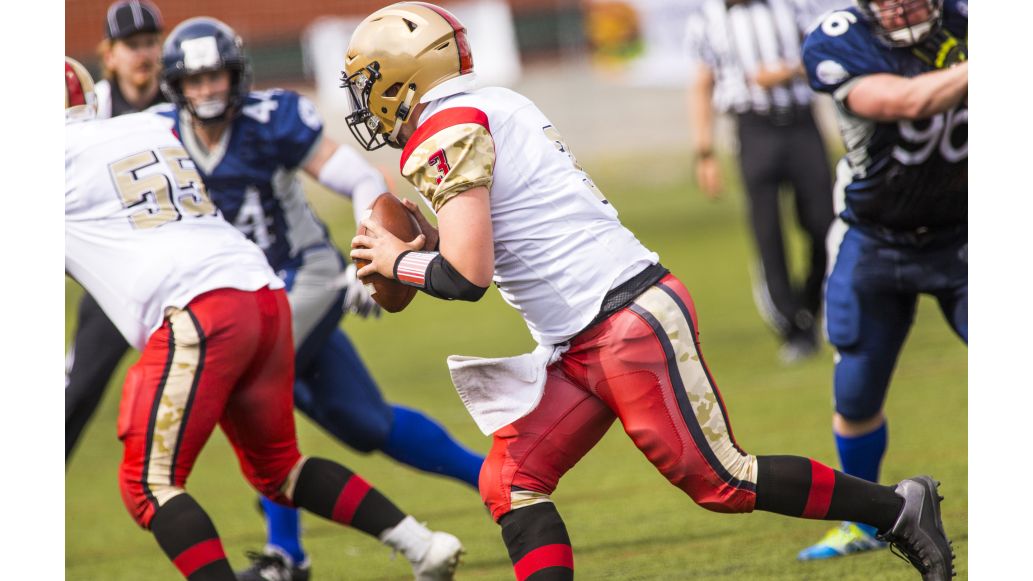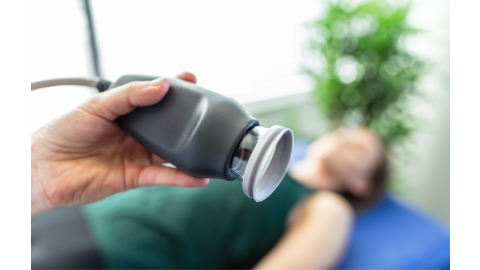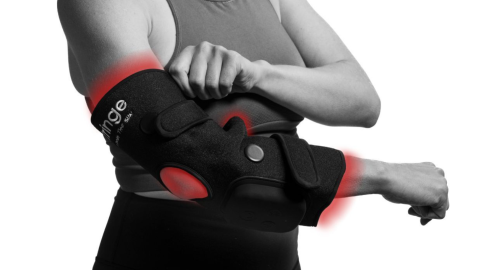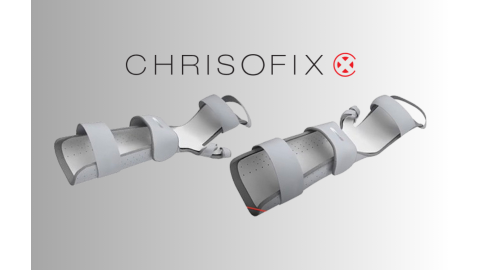What is the ACL?
ACL stands for anterior cruciate ligament, and is the essential part of the knee that attaches the quadricep and hamstring muscle groups to the lower leg bones.
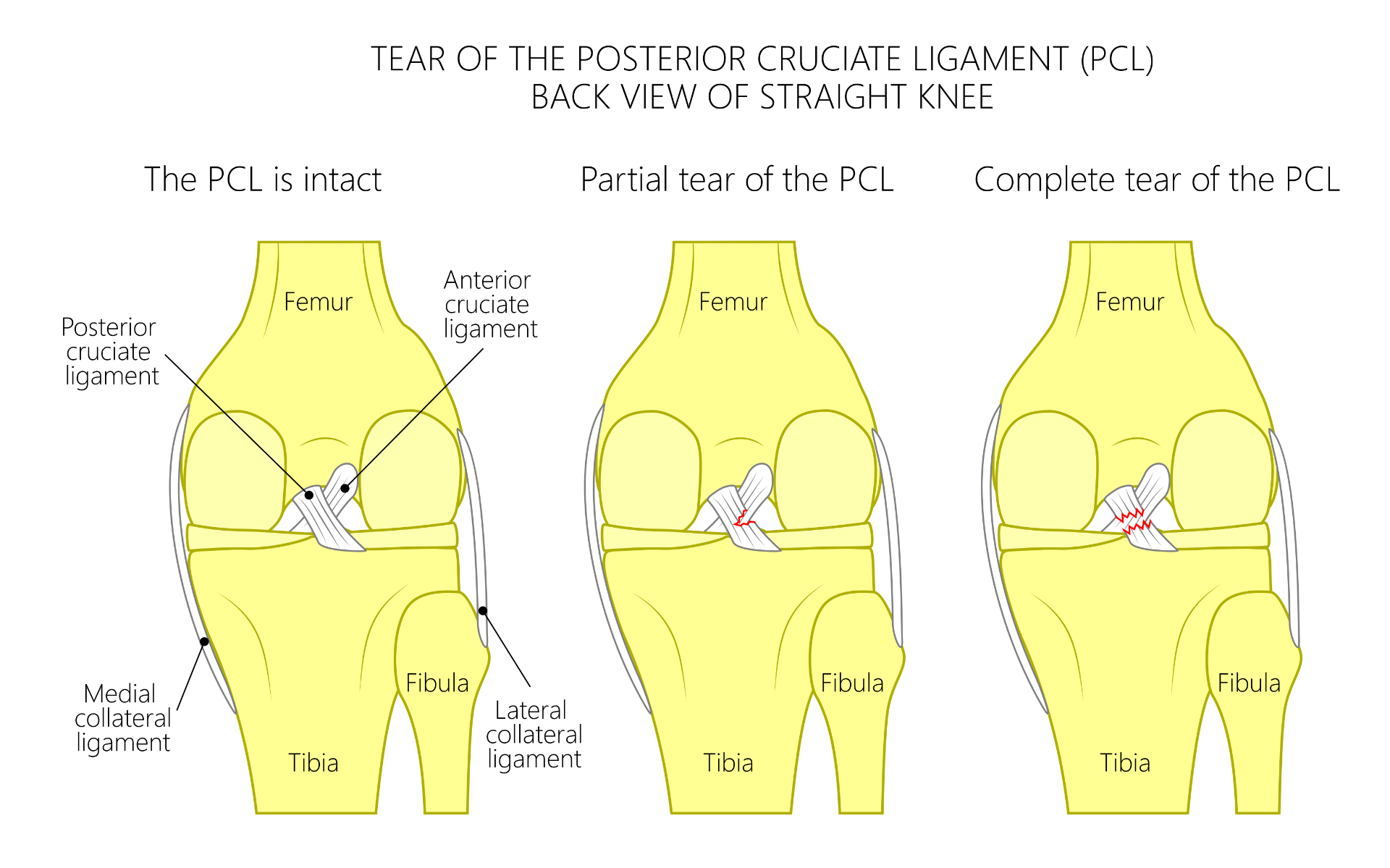
What happens during ACL surgery?
The torn ligament in the knee is removed and replaced with new tissue from another part of your knee or a deceased donor. And rather than having open-knee surgery, doctors instead make small incisions around the knee joint and insert tiny tools and cameras into the knee. This reduces scarring on the skin and lessens the risk of systemic infection from completely opening the knee up.
Who gets ACL surgery?
ACL tears and reconstructions are one of the most common injuries suffered by athletes, especially in sports like soccer, football and track. The quick-twitch, pivoting movements and constant motion of the knee joint performed in such sports can cause the ACL to strain, tear or completely separate from the joint. In addition to athletes, surgery might be recommended if you’re active or if the injury is causing your knee to buckle.
How Should You Prepare?
Here’s a few tips to prep for your surgery:
- Stay active: Exercise regularly, your knee especially, with workouts that promote strength building and keep your full range of motion at its maximum
- Eat well: Eat healthy foods and keep your metabolism running, this will help keep it regulated once procedure and recovery time come
- Follow Instructions: Listen to your surgeon and try to follow everything they tell you to do to the letter. That includes what medications to stop taking, what to wear to the surgery, etc.
- Logistics: Make sure you bring someone to drive you home from surgery. It is usually an outpatient procedure, but anesthetic is used so you won’t be able to drive yourself home. Also make sure you practice using crutches, you’ll need them!
- Buy Smart: You’ll need a few things after the procedure to make it easier to heal and remain comfortable during the recovery phase. Use this article and other sources to help you decide what to buy.
What will you need after ACL Surgery?
After your surgery, you will likely get a recommendation for a knee brace to immobilize your knee during your recovery. There are a variety of knee immobilization braces, from unstructured sleeves to padded, metal-hinged braces. As you recover, you could then move to a knee brace with a fuller range of motion.
During either of these times, you’re going to need some help getting around. When you’re fresh out of the procedure, putting any weight on your knee will be an impossibility for at least a few weeks.
You’ll most likely need to familiarize yourself with using crutches to keep weight off of your healing knee. It may be uncomfortable at first and take some time to really get the hang of it, but there are many accessories available to help keep you comfortable. Things like crutch covers provide a cushioning barrier between the rubber bumpers of the crutches and your skin to help reduce your chance of developing a rash or blisters from continual use.
Bathing could also be a challenge during recovery. If you find yourself having trouble in the shower or bath there are aids like rubberized, suction bath mats that keep you feeling sure footed, even on one leg. But if you can’t manage the constant balancing, there are also great shower stool options that provide comfort and stability in or out of the shower.
The Recovery Process
The time after your surgery is just as important as the preparation time and can determine how well your knee heals. It is important to follow your surgeon’s instructions for wound care, rehabilitation, and things like medication specifications.
Initially, your knee will be very swollen and painful. But if you follow instructions, take your medications, and utilize the tools and products available to help the healing process along, then you’ll be back on your feet in no time. Also make sure your know how to change your wound dressings before leaving from your doctor’s office and have the proper wound care products available when you get home.
During your recovery time you’ll most likely be sent to a physical therapist to help you develop the muscles and range of motion in your knee. But those sessions alone aren’t enough to get your full knee use back! Doing therapist-recommended exercises at home can help speed up your healing process and get your range of motion back. See the video below for a few ideas on ACL exercises you can do at home!
Ready to Get Started on These Exercises?
Here’s a few products you’ll need for some of the video exercises:
- ProTec Contoured Foam Roller - This roller is perfect for the heel prop and can also be used for tissue massage and assistance during other exercises
- TheraBand Ankle Weight Set – For the prone hang you’ll need a set of ankle weights and you can also use them during the strength conditioning raises
- TheraBand Resistance Bands – Instead of using a towel for the hamstring and calf stretch, TheraBand resistance bands offer a more fluid, personalized stretch
- TheraBand PRO Series SCP Exercise Balls – The plyo exercises will require an exercise ball and a durable TheraBand balls is the ideal choice
When Can You Get Back to Normal Activity?
It is often said that you can expect to return to sports or activity fully after 6 months. Unfortunately, that’s not completely correct. Only one out of every five athletes are ready to return to their sport or activity in six to eight months. Recent research into ACL injury has actually found that the time frame is more along the lines of nine months and in some cases even two years before a return to your sport is possible. Make sure you communicate with your physical therapist and your doctor before engaging in any intense activity.
Don’t Lose Hope!
Every person is different, so that means that every ACL surgery is different. Not everyone’s recovery process will be the same and not every ACL will heal the same. You may find your knee is just as strong as it was before your procedure or you could find that it may never fully go back to the way it was. But that’s okay; the procedure, the the physical therapy, and rehabilitation products are all designed to give you the best chance of recovery that you can have.
References
McGovern, D. (2017). 7 Common Myths Regarding ACL Injuries & Rehabilitation. Retrieved from https://bit.ly/2vgghV8
Mayo Clinic (2018). ACL Reconstruction. Retrieved from https://mayocl.in/2yjk2Qk
WebMD (2016). ACL Reconstruction Surgery: What to Expect. Retrieved from https://wb.md/2WPKRUB
Medical Disclaimer: The information provided on this site, including text, graphics, images and other material, are for informational purposes only and are not intended to substitute for professional medical advice, diagnosis or treatment. Always seek the advice of your physician or other healthcare professional with any questions or concerns you may have regarding your condition.

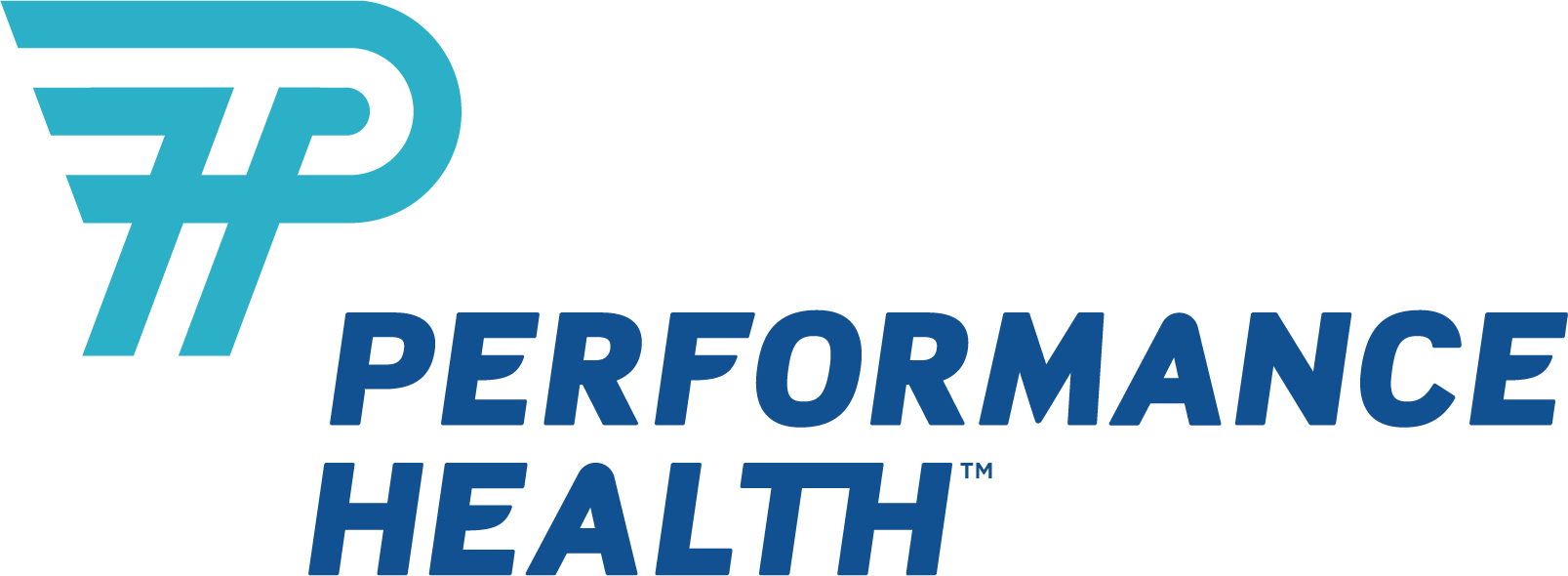






 France
France Australia
Australia